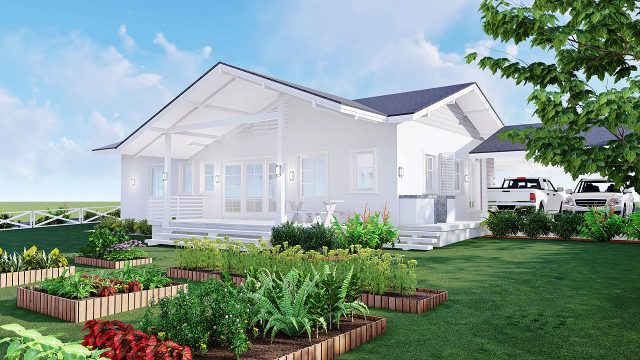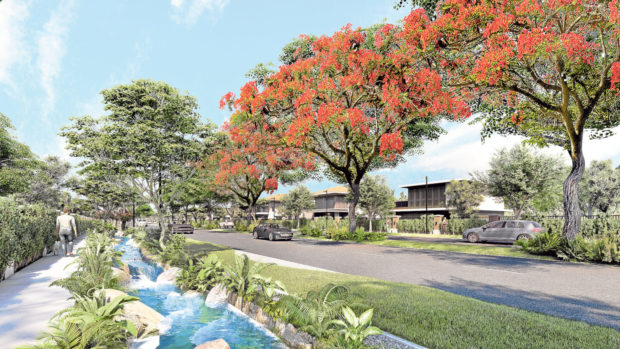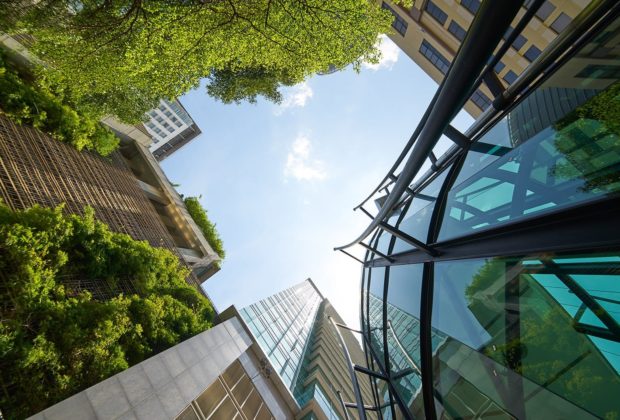The pandemic hampered all economic activities, especially in the real estate industry. It directly affected all segments from residential, office, retail, leisure, to industrial, and even how investors navigated real estate investments. At the same time, it drastically changed today’s lifestyle, with the hard lockdowns, travel restrictions and work-from-home arrangements impeding Filipinos’ daily lives.
The Philippine Property Outlook for 2022 provides insights and recommendations for the market, which is expected to “rebound” in 2022. Based on its forecasts, the following trends in the real estate industry can be concluded.
Residential sector
The imposition of travel restrictions during the lockdowns prompted residents and workers from densely populated regions, like Metro Manila, to travel back to their home provinces, especially since work-from-home (WFH) setups and remote learning were introduced.
Over the last two years, buying homes in the countryside, away from the busy metro, has become a new love interest for many. Along with this is a lifestyle change that saw many pandemic-proofing their homes with wide, well-ventilated, green spaces.
This growing interest for homes outside the metro was further buoyed by the completion of infrastructure projects that better connect Metro Manila to nearby provinces particularly in Bulacan and Pampanga in Central Luzon, as well as Cavite, Laguna and Batangas in South Luzon. There has also been an observed shift in real estate investments, as seen in the development of integrated communities outside Metro Manila, such as Rockwell Land’s Nepo Center in Angeles, Pampanga, and Megaworld’s Northwin Global City in Marilao, Bulacan.
Office sector
According to the 2022 Philippine Property Outlook, non business process outsourcing (BPO) office deals rose by 2 percent in the first nine months of 2021 compared to 2020. Some worked from home, while others ran a skeleton office.
It also predicted that future-proofing office towers will be important after 2022. In response to the pandemic, office buildings are being built with characteristics such as improved ventilation systems, sanitation stations and better natural lighting.
Retail sector
Traditional establishments are required to have digital counterparts to adapt to the changing purchasing culture.—CORPORATE.WALMART.COM
Businesses were forced to close due to rising COVID-19 cases in 2021. And because of the tumultuous pandemic situation in Metro Manila, developers were reluctant to build new malls, especially since many turned to online shopping and other digital platforms for their purchases.
As more Filipinos purchase online, traditional establishments are required to have digital counterparts to adapt to the changing purchasing culture. The retail sector will need to be more flexible, especially in commercial construction.
Leisure sector
Because of the pandemic, the tourism industry’s contribution to the Philippine gross domestic product fell below 5 percent in 2020. The last two years saw travel restrictions preventing the entry of foreign tourists while locals are prohibited to leave the country for leisure reasons. Even visiting major tourist sites like Boracay, Tagaytay and Baguio was temporarily halted at the height of the pandemic.
Domestic travel will fuel the tourist industry’s resurgence. The hospitality business is predicted to reopen slowly in 2022, but quickly in 2023.
Industrial sector
The surge in online shopping has prompted the need to have more warehouses and storage space. The renovation of existing warehouses and construction of cold storages to accommodate the demand for storage space are believed to be one of the rising opportunities in the industrial sector. It is expected that as the online industry grows, so too will the demand for warehouses.
New normal
The pandemic forever changed the real estate industry. Existing conditions, along with the new health protocols mandated by the government, prompted many to creatively employ ways to cope with safety concerns. Thus, trends seen in 2022 in the real estate industry are heavily influenced by the need for safe living, office, commercial, leisure and industrial spaces, to enable them to live in the “new normal.”
The author is the principal architect at Fulgar Architects, creating unique and extraordinary design specialties for various property ventures from hotels, condominiums, museums, commercial to mixed-use township developments. Please visit www.ianfulgar.com




